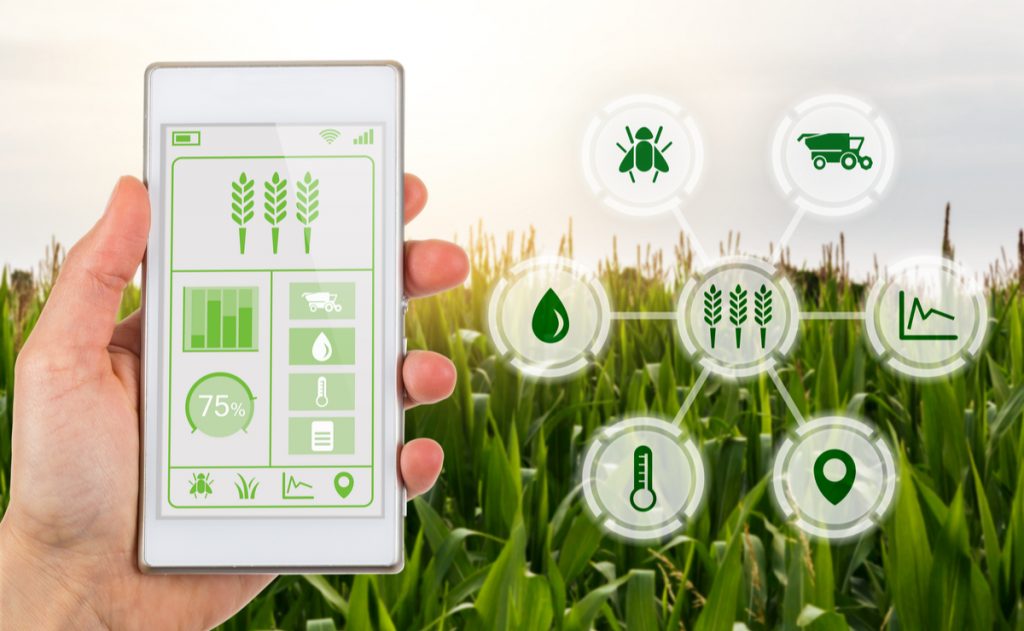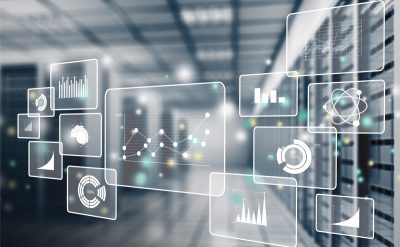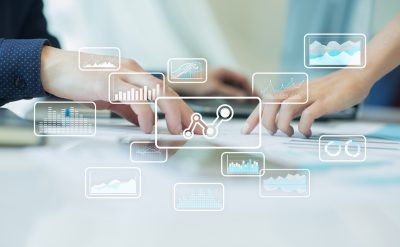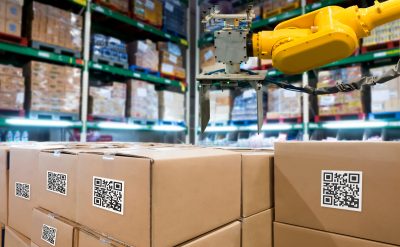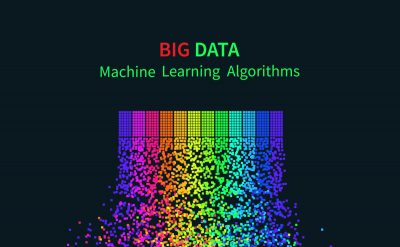Agriculture is getting smarter!
I am quite thrilled today to share the story of smart “Agri-Tech or Agtech” (whichever one finds cool) as I am a part of an agricultural family. Agriculture is one of the significant sectors amongst others, which is run by our superheroes called farmers. These superheroes are the reason behind the meals we have on our table each day. As the world is stepping ahead using technology, our superheroes are also stepping forward by implementing enhanced technology.
We can say that agriculture is getting smarter day by day!
Just imagine, what if each plant could be monitored and precisely given the nutrition it needed? What if we could match a yield range to a piece of land for optimal sustainability? What if we could gauge the inventive ways a plant replies to its environment?
And what if I tell you all this is possible?
Yes, this is all possible with the use of big data analytics in agriculture. We call it smart farming.
For instance, Alphabet’s recent “moonshot” project uses robotics and big data analytics to target food sustainability to fight global hunger and food shortages. The X Labs project named “Mineral” is believed to embrace nature’s diversity to nurture generations to come and is the latest name for the company’s “Computational Agriculture Project.” Mineral introduced a new robot called “buggy” to analyze crops.
Big data applications in agriculture
It is the combination of technology and analytics that collects, compiles, and processes new data to help scientists and farmers make better and more informed decisions. Farming processes are increasingly becoming data-driven and data-enabled, thanks to smart machines and sensors that generate vast amounts of farm data.
Big data in smart farming
We know that the digital era has revolutionized many industries with the significant impact of big data.
Smart farming is an advancement that highlights the use of information and communication technology in the cyber-physical farm management cycle. Enhanced technologies such as cloud computing and the internet of things (IoT) are anticipated to influence this advancement and introduce more robots and artificial intelligence in farming. Further, this is encompassed by the phenomenon of big data, as massive data can be analyzed and captured for decision making.
Following are the major benefits of how big data technology transforms agriculture:
- Analyze soil fertility level and its types
- Predict weather conditions and allow apt weather forecasting
- RFID tracking systems are used in monitoring and assessing supply chains
- Precision farming
- High-quality seeds
- Apt crop forecasting
Best ways to use big data in smart farming
- Trends monitoring
- Supply tracking
- Yield prediction
- Crop prediction and consumer demand analysis
- Risk management
- Food safety and spoilage prevention
- Operation and equipment management
Every farmer has an aim to enhance efficiency, reduce operational cost, and increase product value. These goals are completely realistic and achievable with the help of big data in smart farming.
The scope for big data applications is vast, and we have just begun to explore the tip of the iceberg. Let us take a sneak peek where big data can make a difference:
Four top use cases of big data in agriculture
1. Using pesticides ethically – using pesticides on plants is harmful. Thus, big data helps farmers recommend what pesticides to apply, when to apply, and how much to apply. Therefore, by following big data instructions, farmers can stick to government guidelines and avoid overusing food production chemicals.
2. Feeding a growing population – is one of the major challenges even governments are trying to solve. One route to resolve this is to boost the yield from the present farmlands. Big data offers farmers granular information on fertilizer requirements, rainfall patterns, water cycles, and more. Further, this will allow farmers to make a smart decision to increase yield and profitability.
3. Big data could help manage supply chain issues to accomplish supply chain efficacies by tracing and optimizing delivery trucks routes.
4. Enhancing farm equipment – organizations such as John Deere have incorporated sensors in farming equipment and deployed big data applications to manage farming tasks better.
Big data agriculture case studies
To know more about the use of big data analytics in agriculture, let’s dive into a few case studies.
Big data agriculture case studies will help us understand how organizations have leveraged big data effectively to solve issues troubling the farm industry.
Here we go…
1. SMAG InVivo uses big data to empower precision farming
InVivo is France’s leading agricultural cooperative group, and SMAG is its subsidiary. SMAG is a French leader in agronomic information systems. Its software is exclusively used by about 80% of cooperatives and about 50% of France merchants. SMAG aims to solve the food challenges of the 21st century.
SMAG developed a complex agronomic Data Crop algorithm to help fasten the decision-making process of farmers. For instance, Data Crop allows users to track crops’ progress over the year and predict yields. About 80% of French agricultural land under wheat cultivation is managed via Data Crop.
2. Bayer uses big data to ensure sustainable food production
The Bayer Group is a life science firm with its core competencies in agriculture and healthcare. Bayer Digital Farming designed an application that uses artificial intelligence (AI) and machine learning (ML) in weed identification. For instance, farmers upload the pictures of weed on the app and later analyze it against the Bayer database to recognize the species. Further, this application helps farmers protect crops from weeds and increase the overall yield.
3. DTN uses big data to enhance yields and profitability
Digital Transmission Network (DTN), a part of Schneider Electric, offers agricultural data solutions and market intelligence to its consumers. With DTN, farmers and commodity traders can access pricing and weather data to manage their business better. It also helps the farmers to improve yield and cut costs based on forecasts shown by DTN.
Story ends
Big data in an agriculture research paper is explained as – Big data helps farmers make knowledgeable and accurate decisions and use reliable forecasts. Therefore, big data revolutionizes the agricultural sector and makes it a data-driven industry by supporting farmers’ operations.
To tackle the pressure of increasing food demand and climate changes, farmers seek assistance from technology forces such as big data, IoT, cloud computing, and analytics. For instance, the United Nations estimates that the global population will account for about 9.8 billion by 2050, an approximate 2.2 billion increase from now. This means it is time for all of us to increase crop production.
Farmers can revolutionize the farmlands only by having a cloud-based ecosystem with the right tools and software to integrate several data sources.
The planet does not want any more engineers or doctors. We did not run out of television sets, hospitals, and planes….we are running out of food.” So, motivate our real-life superheroes, i.e., farmers, to revolutionize the agricultural sector in the coming years by using enhanced technologies such as big data.
Are you looking out to supercharge your agricultural business? Don’t forget to download our latest whitepapers on big data and data analytics.




